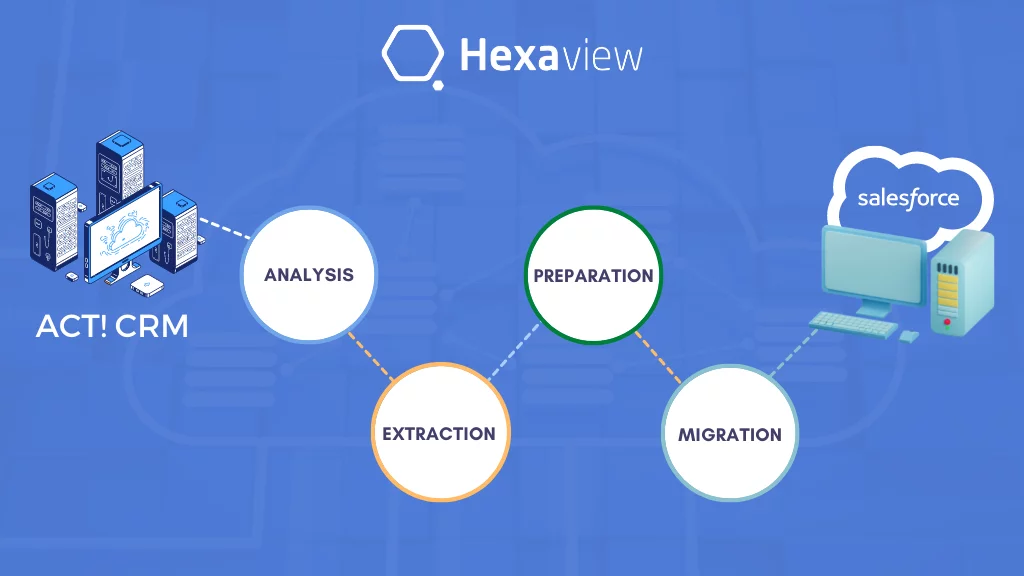Fintech
Binding seamless Technology with Finance



General Published on: Mon Mar 31 2025
CRM, stands for “Customer Relationship Management,” that makes it simple for business owners to keep track of all correspondence and develop relationships with their prospects and customers. A CRM replaces the numerous spreadsheets, databases, and apps that many companies slap together to track customer information. Organization, effectiveness, improved time management, and satisfied customers were the end results.
About ACT!
Act! is a platform for marketing automation and customer relationship management that is specifically made for small- and medium-sized organizations. There are more than 800,000 registered users on it.
Act CRM was formerly known as Sage Act, it is an advanced CRM solution that supports corporate growth by streamlining sales and marketing. Act CRM’s sophisticated contact management and email marketing features aid sales teams in developing relationships with their clients.
Companies have improved business profitability and drive sales performance with the help of the Act CRM software. Microsoft Office and Outlook are tightly integrated with Act, allowing sales to keep track of all emails and documents with contacts. Find out more about the main arguments for selecting Act CRM.
About Salesforce
Salesforce CRM can be configured to fit your company operations, not the other way around, thanks to its flexibility. The purpose is to use the software to support regular company activities. Because it relies on clicks rather than intricate coding to alter procedures, Salesforce development is incredibly user-centric. For ACT, customization is basically not a factor.
Through the AppExchange, the open platform of Salesforce and its partner ecosystem offers more than 1,300 pre-integrated applications. Users of cloud apps have a selection of add-on features to suit their business needs. This offers a tonne of intriguing, specialized capabilities that sector-based firms can utilize over time when new apps are created and released.
Why do ACT! to Salesforce Migration?
As we dig deeper ACT! is a first-generation CRM with extremely basic features. Its optimum use is for small organizations that merely aim to use a basic CRM for their sales team, with an emphasis on contact management.
Numerous factors contribute to Salesforce’s continued dominance. Accessibility, adaptability, and support are key. Salesforce excellently optimizes data for a variety of commercial chances. Making lucrative business decisions is incredibly difficult for your users when you’re utilizing outdated on-premises software. Users of ACT! simply cannot adjust to shifting market circumstances the way Salesforce users invariably can. It’s practically impossible to compare the two fairly. Both are unique in their own ways but when we talk about migrating Data from ACT! To Salesforce. We have to follow certain steps that are not much complex, but the user should have the basic knowledge of both these platforms.
We can follow the steps as written below to export data from ACT! to Salesforce.
How to do ACT! to Salesforce Data Migration
We can export contact information from ACT! in text-delimited format, which can subsequently be imported.
These simple steps, if followed consciously, can help migrate data from ACT! to Salesforce.
Get 30 Mins Free
Personalized Consultancy